This is not typical fungal damage that we frequently see on blueberries, so it might be most helpful to lead you though some problem-solving steps about leaf issues and this plant. You can think about these and decide what might best apply to your bushes and be most helpful.
1. The first thing to do is to look at how many leaves are affected and where they are on the plant. Are they all on the tops of the shrubs, for example? Or are they randomly placed on the tops, middle and bottom of the shrub? This is important in that if they are all on one side of a shrub, or all on the top of the plant, this would argue that something has hit the plants on that side or on the tops and caused the blackening that you see. Some possibilities include hot water (from a sun-heated hose), garden product/spray (fungicide or insecticide), cleaning product/spray, liquid fertilizer, etc.
2. Are the areas where the blackening is showing up more frequently hit with water from irrigation? Repeated splashing of water on foliage is a prescription for every fungal disease in the book.
3. Is the damage still going on? Remove any damaged leaves you see and monitor the shrubs over the next two or three weeks. If the damage has stopped, then no matter what has caused it you can relax and think about how best to protect these plants in the future.
After you think through the possibilities above, the best thing to do will be to
A. Water deeply less often – for blueberries in the Northeast, this is usually a good soaking once a week. Get a rain gauge and water until it shows an inch of water, once a week.
B. If you suspect a fungal problem spray with an organic fungicide such as Actinovate, Seranade, sulfur or copper.
C. Be sure that nothing else is hitting these leaves… no liquid fertilizer, no household cleaners, no insecticides, etc.
D. If you haven’t had a soil test done recently this is never a bad idea although damage such as you show in this photo shouldn’t be related to the minerals in the soil. Nevertheless, it’s good information to have.
E. Don’t sprinkle the foliage when you water and try not to have these plants hit with lawn irrigation etc – splashing of water on leaves is a prescription for every leaf spot disease in the book.
F. Fertilize only with an organic fertilizer once a year.
If this problem continues do take samples into your local cooperative extension or knowledgeable fruit-raiser in your area.
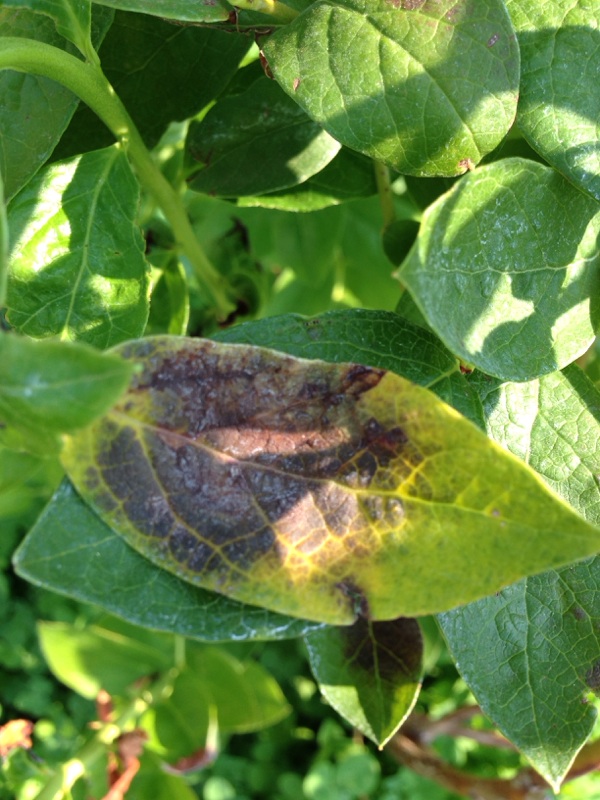
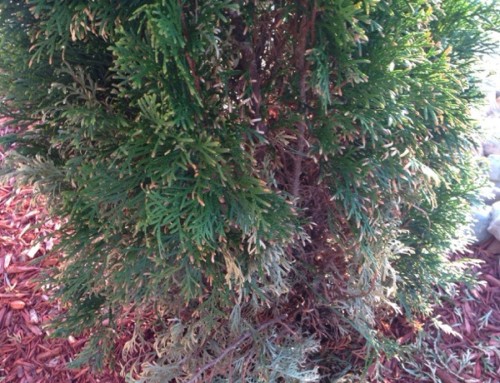
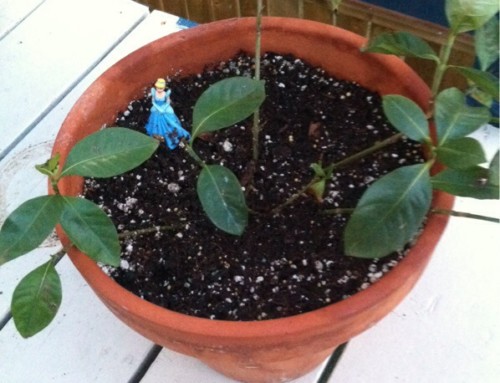
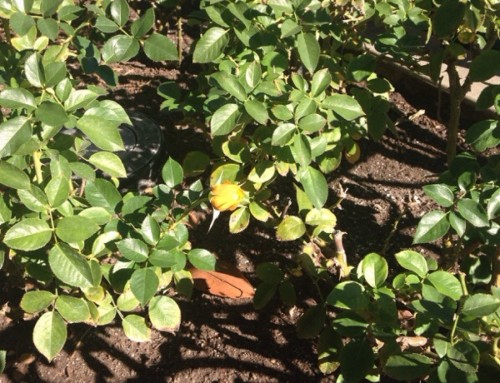
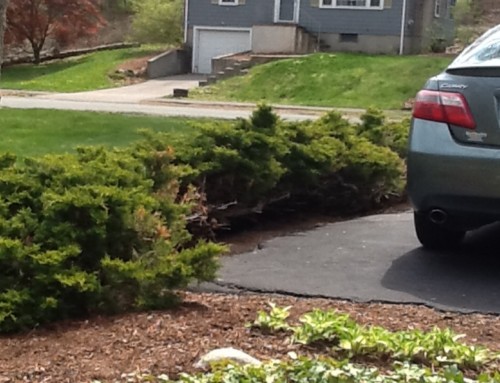
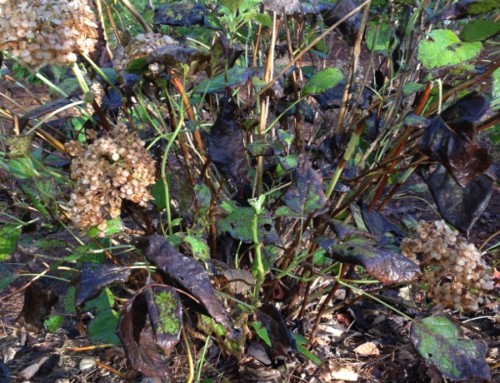
Leave A Comment